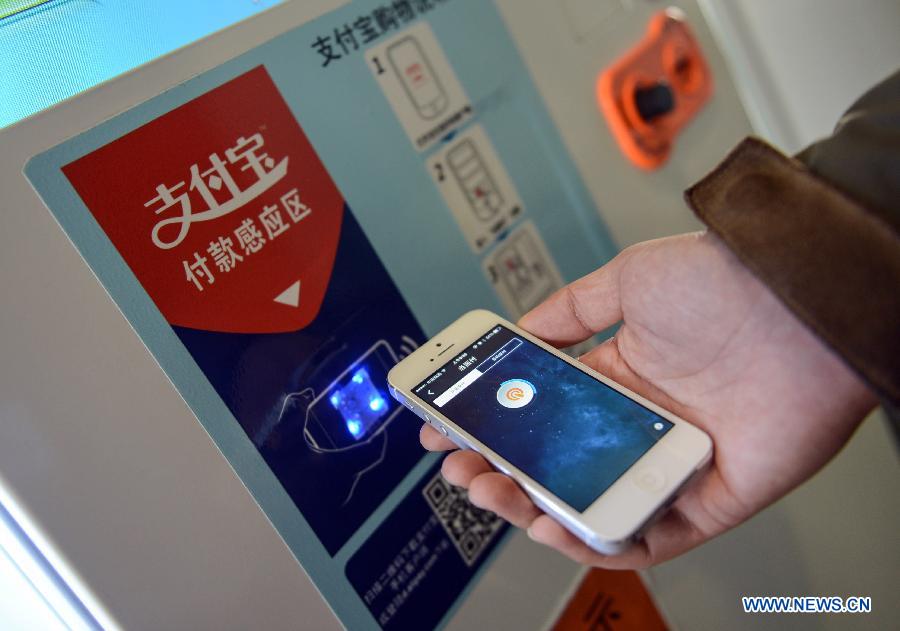
In China, offering cash at almost any outlet is met with blank, confused stares. Almost nobody uses can anymore. Instead, they use digital micropayments from one of the several apps that form the payment ecosystem. The most popular of these apps is the chat app WeChat. Everyday monetary transactions are now cashless. For example, tipping, gifting, and even beggars use QR codes and apps.
The QR code is the most popular form of payment. Even if you forget your wallet, you can take your phone and present a QR code to the cashier, who scans it and accepts the payment. Alternatively, the cashier can show you a QR code, which you scan and complete the payment from the phone. Both methods work and are secure.
Mobile payments dominate the Chinese market. Last year, mobile payments in China hit $5.5 trillion, nearly half the country’s GDP. The U.S on the other hand only generated $112 billion in mobile transactions.
“China has started the transition to a cash-free economy faster than anyone could have imagined, largely because of the viral spread of two-dimensional barcode,” said Chen, a professor, and researcher at the Institute of Psychology
WeChat users, for example, have everything from friends, groups, banks, internet banking, flower stores on the platform. Each store or company appears as a person that you can follow. Once you do, their app opens within WeChat. At this rate of growth, China’s entire economy will go cash-free in the next five years.